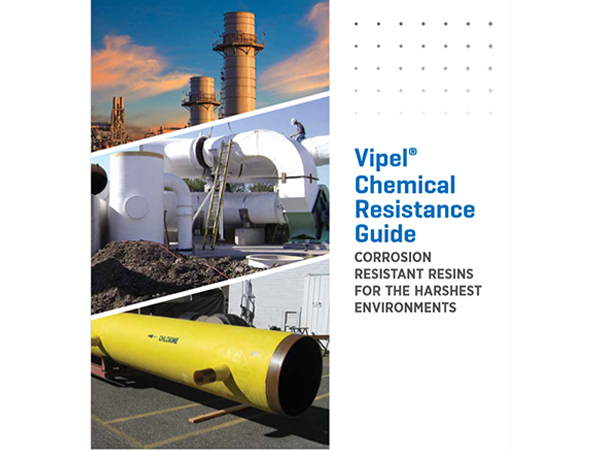
-
 Afrikaans
Afrikaans -
 Albanian
Albanian -
 Amharic
Amharic -
 Arabic
Arabic -
 Armenian
Armenian -
 Azerbaijani
Azerbaijani -
 Basque
Basque -
 Belarusian
Belarusian -
 Bengali
Bengali -
 Bosnian
Bosnian -
 Bulgarian
Bulgarian -
 Catalan
Catalan -
 Cebuano
Cebuano -
 China
China -
 China (Taiwan)
China (Taiwan) -
 Corsican
Corsican -
 Croatian
Croatian -
 Czech
Czech -
 Danish
Danish -
 Dutch
Dutch -
 English
English -
 Esperanto
Esperanto -
 Estonian
Estonian -
 Finnish
Finnish -
 French
French -
 Frisian
Frisian -
 Galician
Galician -
 Georgian
Georgian -
 German
German -
 Greek
Greek -
 Gujarati
Gujarati -
 Haitian Creole
Haitian Creole -
 hausa
hausa -
 hawaiian
hawaiian -
 Hebrew
Hebrew -
 Hindi
Hindi -
 Miao
Miao -
 Hungarian
Hungarian -
 Icelandic
Icelandic -
 igbo
igbo -
 Indonesian
Indonesian -
 irish
irish -
 Italian
Italian -
 Japanese
Japanese -
 Javanese
Javanese -
 Kannada
Kannada -
 kazakh
kazakh -
 Khmer
Khmer -
 Rwandese
Rwandese -
 Korean
Korean -
 Kurdish
Kurdish -
 Kyrgyz
Kyrgyz -
 Lao
Lao -
 Latin
Latin -
 Latvian
Latvian -
 Lithuanian
Lithuanian -
 Luxembourgish
Luxembourgish -
 Macedonian
Macedonian -
 Malgashi
Malgashi -
 Malay
Malay -
 Malayalam
Malayalam -
 Maltese
Maltese -
 Maori
Maori -
 Marathi
Marathi -
 Mongolian
Mongolian -
 Myanmar
Myanmar -
 Nepali
Nepali -
 Norwegian
Norwegian -
 Norwegian
Norwegian -
 Occitan
Occitan -
 Pashto
Pashto -
 Persian
Persian -
 Polish
Polish -
 Portuguese
Portuguese -
 Punjabi
Punjabi -
 Romanian
Romanian -
 Russian
Russian -
 Samoan
Samoan -
 Scottish Gaelic
Scottish Gaelic -
 Serbian
Serbian -
 Sesotho
Sesotho -
 Shona
Shona -
 Sindhi
Sindhi -
 Sinhala
Sinhala -
 Slovak
Slovak -
 Slovenian
Slovenian -
 Somali
Somali -
 Spanish
Spanish -
 Sundanese
Sundanese -
 Swahili
Swahili -
 Swedish
Swedish -
 Tagalog
Tagalog -
 Tajik
Tajik -
 Tamil
Tamil -
 Tatar
Tatar -
 Telugu
Telugu -
 Thai
Thai -
 Turkish
Turkish -
 Turkmen
Turkmen -
 Ukrainian
Ukrainian -
 Urdu
Urdu -
 Uighur
Uighur -
 Uzbek
Uzbek -
 Vietnamese
Vietnamese -
 Welsh
Welsh -
 Bantu
Bantu -
 Yiddish
Yiddish -
 Yoruba
Yoruba -
 Zulu
Zulu
frp clarifier
Understanding FRP Clarifiers An Overview of Functionality and Benefits
Fiber Reinforced Polymer (FRP) clarifiers have emerged as vital components in the wastewater treatment industry, blending innovation with efficiency to offer effective solutions for water purification. These systems utilize the unique properties of FRP materials, enhancing the performance and longevity of traditional clarifier systems. In this article, we delve into the functionality, benefits, and applications of FRP clarifiers, showcasing their importance in modern wastewater management.
At its core, an FRP clarifier functions by promoting the separation of suspended solids from liquids through a process known as sedimentation. Typically used in various applications such as municipal wastewater treatment, industrial process water treatment, and stormwater management, these systems work by allowing wastewater to flow into a large basin where gravity assists in separating heavier solids from lighter liquids. As the solids settle at the bottom of the basin, the cleaner water rises to the top, where it can be collected and further treated or discharged.
Understanding FRP Clarifiers An Overview of Functionality and Benefits
Additionally, FRP clarifiers are significantly lighter than their traditional counterparts. This reduction in weight translates to lower transportation and installation costs, facilitating easier placement in existing facilities or new construction sites. The versatility of FRP allows for the design of modular systems, which can be customized to fit varying space constraints and treatment requirements. This adaptability makes FRP clarifiers an attractive option for diverse industries, from food and beverage production to chemical manufacturing.
frp clarifier

Another essential aspect of FRP clarifiers is their efficiency in operation. The advanced design of these systems can enhance settling rates, ensuring that solids are removed effectively and that treated water meets regulatory standards. By improving the separation process, FRP clarifiers contribute to a higher quality of effluent, leading to better environmental outcomes.
Moreover, the design flexibility of FRP materials enables the incorporation of various features, such as adjustable flow rates and automated monitoring systems. These innovations allow plant operators to optimize the treatment process and respond promptly to changing conditions, thereby improving overall operational efficiency.
Environmental considerations also play a vital role in the adoption of FRP clarifiers. With increasing awareness of sustainability and environmental responsibility, industries are seeking solutions that minimize their ecological footprint. FRP clarifiers, by providing a more efficient treatment process and longer service life, align well with these goals, promoting cleaner water discharge and reduced resource consumption.
In conclusion, FRP clarifiers represent a significant advancement in the field of wastewater treatment. Their distinctive characteristics, including corrosion resistance, lightweight structure, operational efficiency, and environmental sustainability, make them an attractive choice for facilities aiming to improve their water treatment processes. As industries continue to adapt to stricter regulations and sustainability goals, the role of FRP clarifiers will likely expand, setting a new standard in water purification technologies. By embracing these innovative solutions, we can achieve better water management practices, ensuring a cleaner and healthier ecosystem for future generations.
Latest news
-
Exploring the Benefits of Top Hammer Drifter Rods for Enhanced Drilling PerformanceNewsJun.10,2025
-
High-Precision Fiberglass Winding Machine for GRP/FRP Pipe Production – Reliable & Efficient SolutionsNewsJun.10,2025
-
FRP Pipes & Fittings for Shipbuilding - Corrosion-Resistant & LightweightNewsJun.09,2025
-
Premium FRP Flooring Solutions Durable & Slip-ResistantNewsJun.09,2025
-
Premium Fiberglass Rectangular Tanks Durable & Lightweight SolutionNewsJun.09,2025
-
Tapered Drill String Design Guide Durable Performance & UsesNewsJun.09,2025









